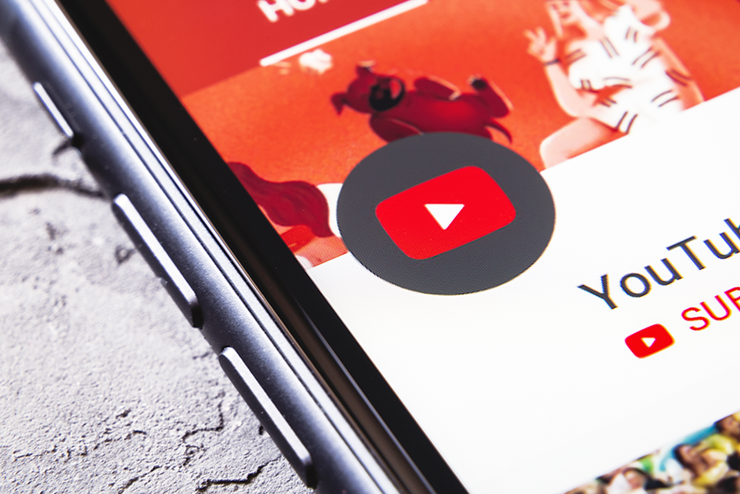Entertainment-E1
Entertainment-E2
Entertainment-E3
5 Top Marketing Strategies for Summer 2020: COVID Edition
Dec 09,2021Make BrandStar Tech Part of Your Success Equation Today!
Dec 16,2021It’s Business as UnUsual: 4 Tips to Adjusting in the Post-COVID World
Jan 06,2021BrandStar Named Advertising Agency of Record for Alan B. Levan | NSU Broward Center of Innovation
BrandStar Studios Invests Millions in Technology and Equipment to Provide Virtual Production, Augmented Reality and Mixed Reality Capabilities in Real-Time
BELatina Merges with BrandStar

Did you know YouTube is the second largest search engine in the world? Think about it—when looking for an answer that is best explained through a video, this is always our go-to platform. As more and more marketers are looking to tap into this content monster, video production has been kicked into high gear. But let’s be honest: It doesn’t matter how great a video is (or how much time you spent creating it), at the end of the day, platforms like YouTube are controlled by the algorithm gods––and they alone determine who sees your video and why. That’s why we want to shed some light on the importance of optimizing your YouTube video tags.

Tags help users find your video when they perform a search on YouTube. While engagement (number of views and audience retention) plays a big part in how your video ranks, tagging is the first step towards ranking your video. It does not only categorize your content; it also associates it with similar content— which helps amplify your video’s reach. So why is this important step often missed? Because people are using the wrong tags or simply don’t know how to use them! If this is you, don’t worry. We are here to help.
Here are three steps to consider when looking for the perfect tags.
Make your first tag the target keyword. Since YouTube heavily accounts for your first few tags, you want to make sure your first one is the exact keyword you want to target.
This is where the real brainstorming starts! Think of more general tags that can act as overall categories for your content. Generic tags like “DIY,” “interview, “how to,” or “vlog” are a great start.
What’s even more effective than a broad keyword is a specific one! The more relevant it is about the detailed content of your video, the better.
While tags are often associated with single words, compound tags work too! To make this process even more simple, think of the phrases you would use when searching for videos. “How to use tags on YouTube,” or “what’s the best way to market on YouTube” are probably where you’d start.
Remember you can only use 500 characters, so choose your tags wisely. To help keep your character count low, leave out any propositions. Words like “and,” “as,” “or,” etc. will be ignored by YouTube, so there’s no need to waste precious characters on them!
Got the perfect “specific” tags? You might want to consider using alternate keywords of their “typo” counterparts. Using commonly misspelled words can give you an upper hand— considering we all make mistakes!
Misleading the audience with irrelevant tags and titles will only affect the performance of your video’s ranking. It might be tempting, but don’t do it!

